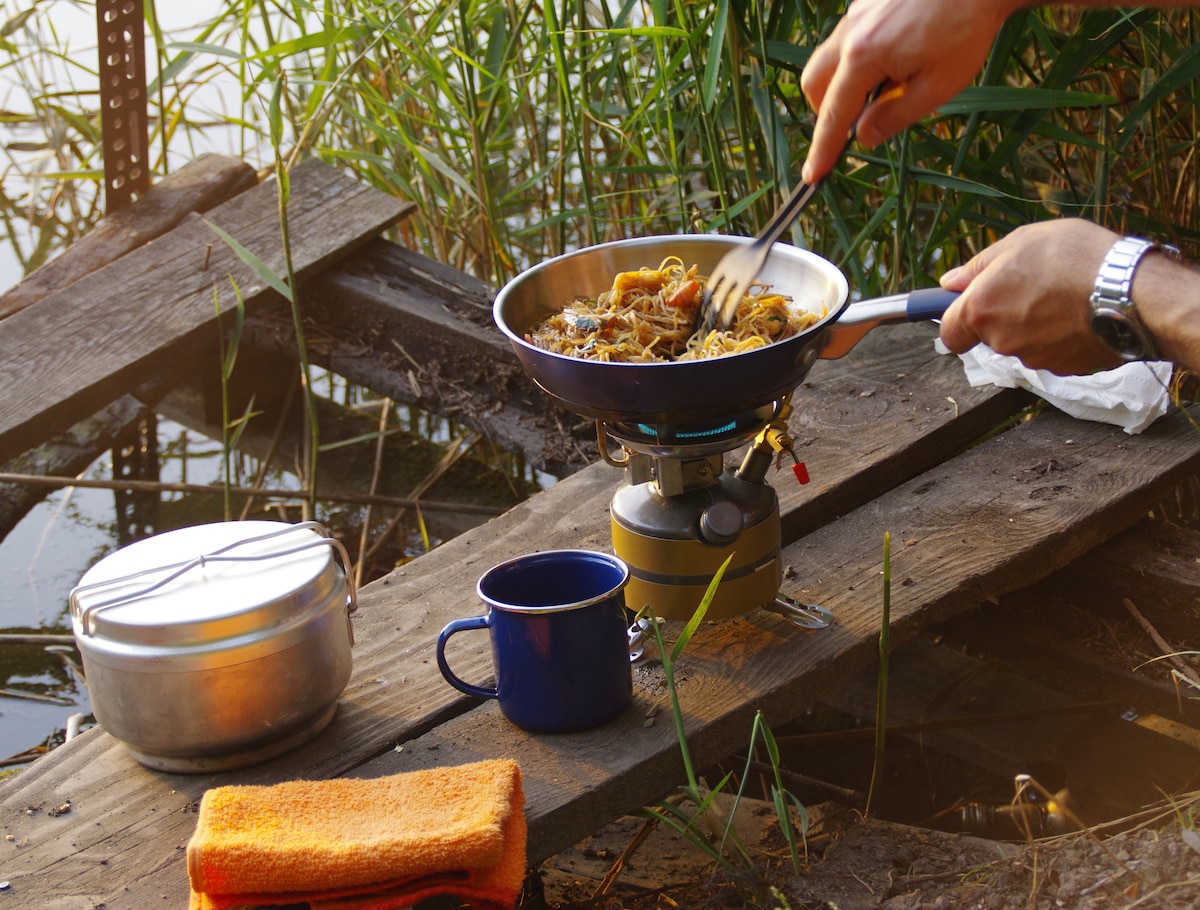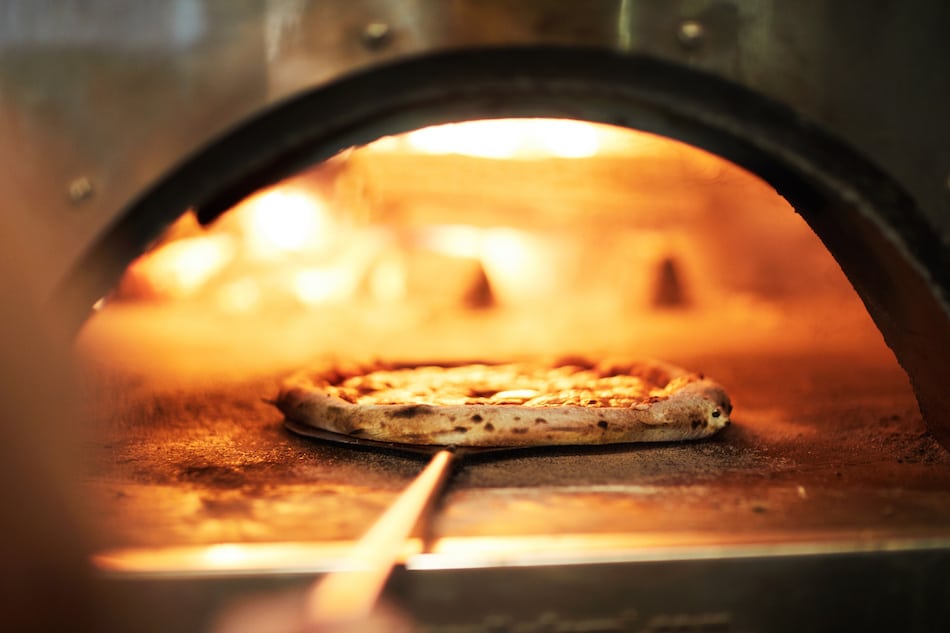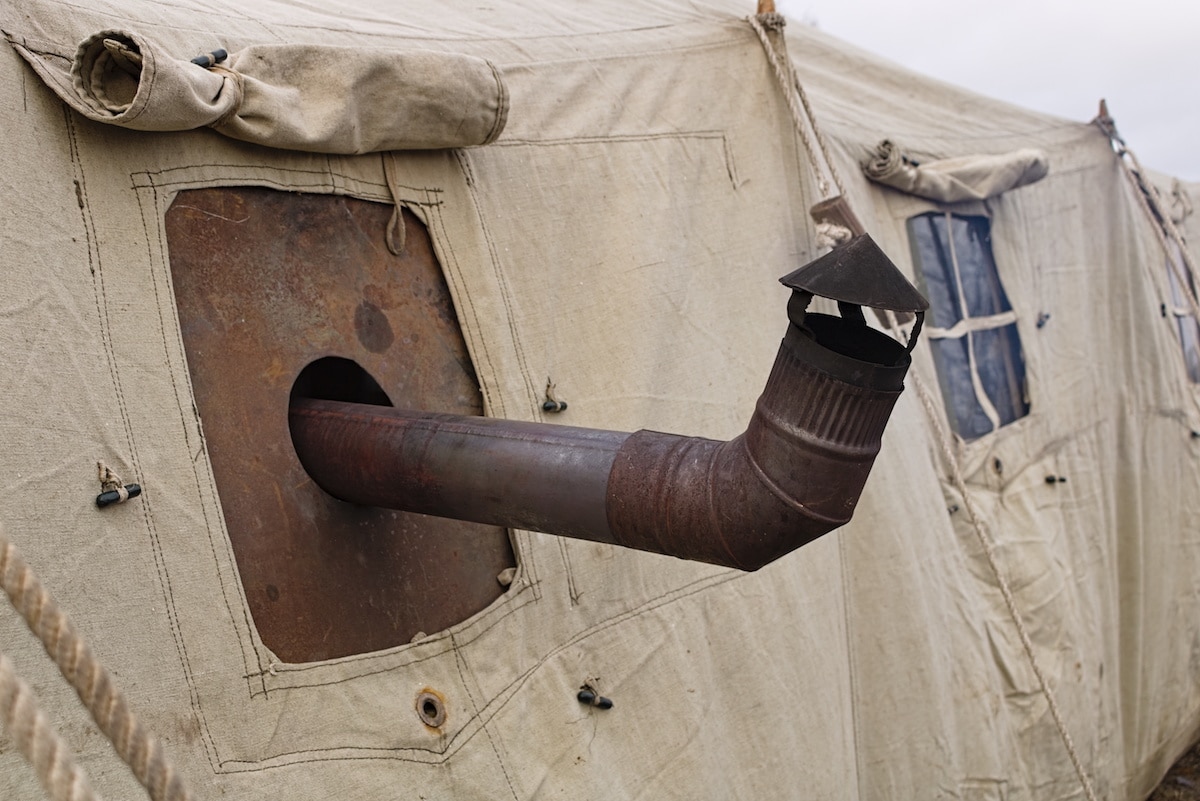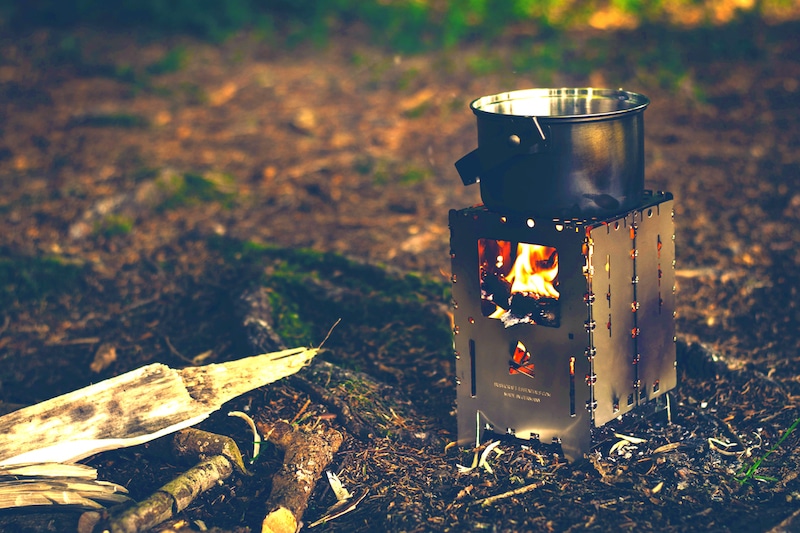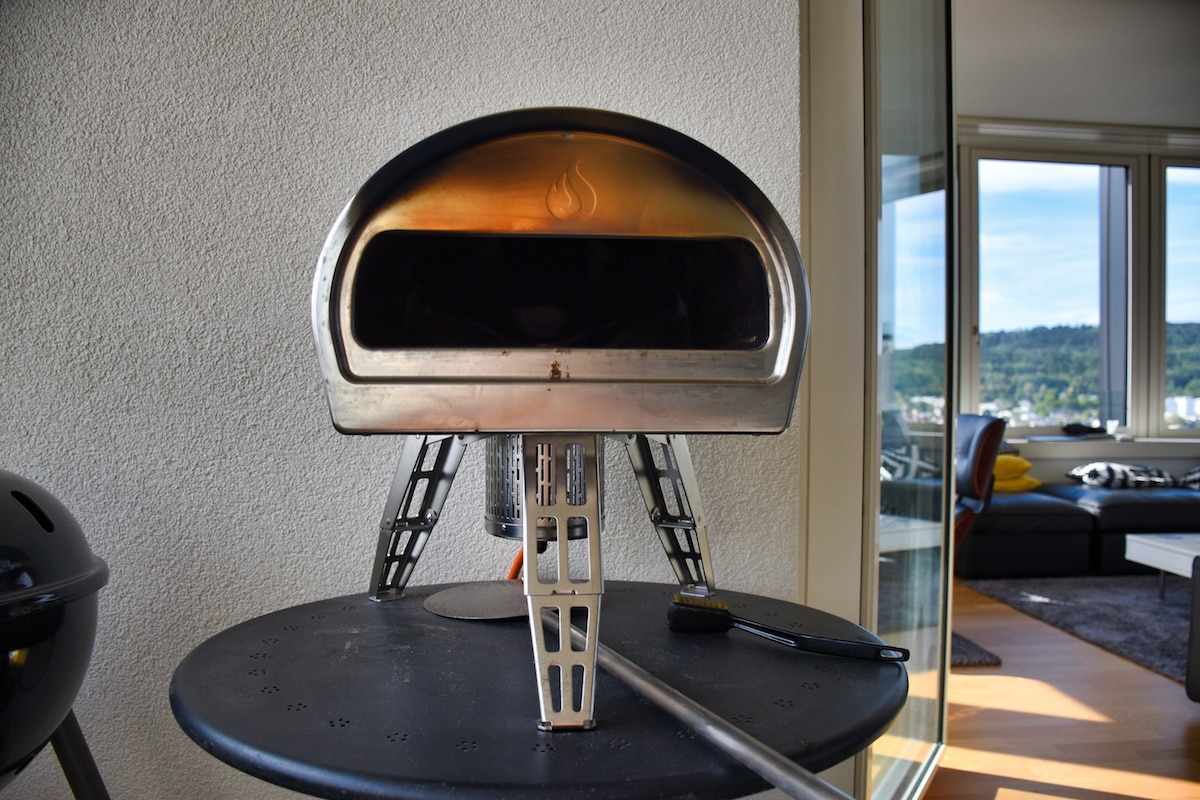After spending an exciting day of adventuring along the trails or pioneering your own way, you’ll be craving a nice warm meal when you and your crew return to camp. While a fire will certainly cook your gluten-free recipes from your favorite camping cookbook or boil water in a camping kettle or camping mess kit to make coffee outdoors, and solar cooking can get the job done as long as the sun is out, the most effective and efficient methods of cooking a warm meal in the wilderness is a camping stove.
What We'll Cover
A camping stove is an essential purchase when you’re putting together your camping kitchen, and many factors determine the type of stove in which you will purchase. To have a good outdoor meal, you need to find a stove that best fits your personal needs. While there are many types of camping stoves, the following guide will help you make your choice to ensure you find the option that suits you best.
Advantages of Using a Camping Stove
Using a camping stove over just an open fire has many benefits. First, a camping stove can be used in any environmental conditions. With open fire, if there is wet weather, it will be difficult to find dry firewood.
Second, a camping stove is quick and easy to set up with folding models allowing for easy transportation.
Third, cooking on a camping stove is like cooking on a stove at home. You can use your camping cooking pots and cast iron cookware to create a delectable meal and cook for many hungry campers.
Fourth, a camping stove allows for much better control of heat since it is centralized into burners. An open flame will cause vastly different heat distribution.
Types of Camping Stoves
Only a short time ago, there were not many camping stove options available. There was the standard camping propane stove and the backpacking stove. Luckily, now there are numerous options available to suit every taste, such as solar-powered stoves and tent stoves. Winnerwell tent stoves and other tent stoves give campers the ability to cook and stay warm in their tents at night or during chilly weather. Just remember to use a specialized tent designed for use with a tent stove to protect yourself and your fellow campers from carbon monoxide poisoning.
Canister Stoves
The canister stove has become extremely popular in recent years because they deliver an ultra-lightweight and ultra-portable alternative for your portable camping kitchen. Also, they are incredibly easy-to-use and create amazing meals.
I have traded-in my old backpacking stove for the newer canister design for these reasons. My favorite aspect is the lack of liquid fuel sloshing around with the potential to leak or become an overall nuisance. Since the fuel inside is pressurized, they virtually last forever.
The canisters are readily available at sporting goods stores or online and have a low cost, but there are two different types you need to know the difference between. Just be sure to learn how to safely use and discard fuel to prevent any accidents.
Integrated
Integrated canister stoves have tall profiles with a burner that screws directly onto the unit and can be used with a twist-on, insulated cooking pot and lid with drain holes. Other accessories can be added like a French press.
The integrated system is best for quickly boiling water. Many models feature a windscreen and pressure regulator to ensure consistent performance in cooler climates and at higher elevations. On the other hand, the integrated system is more prone to tip-overs, due to its design, and much heavier than the standard canister camping stoves.
Remote
The remote camping stove features a base and boasts a connecting fuel hose that makes it easy to transport and lightweight. On many models, canisters can be inverted to improve performance in cold climates.
Liquid Fuel Stoves
The liquid fuel stove is the original backpacking option that is still in use, but the popularity is beginning to fade. Liquid fuel stoves are much heavier and bulkier than the canister option but are best for cold weather camping.
The greatest drawbacks I have experienced are leaking as they age and determining what to do with remaining fuel when you return from a trip since it cannot be stored for a long period.
Liquid fuel stoves are readily available online and can still be found in camping stores.
Solid Fuel Stoves
Solid fuel stoves are most popular with the ultralight backpacker. Many models are so small that they fold and can fit in your pocket! As a result of the size, the solid fuel stove is inexpensive, lightweight, compact and the ignition tablets can be extinguished and re-used later.
On the other hand, solid fuel stoves are incredibly slow to bring water to a boil since the energy output of the tablets is low compared to other camping stoves. Also, the tablets often have an odor and can leave a greasy residue on the bottom of the pot.
Wood Burning Stoves
Occasionally you may find a camping stove that operates on wood instead of fuel. By using scraps of wood and twigs found around your campsite, the camping wood stove is a compact option to heat water or cook one-pot recipes. Surprisingly, some wood-burning stoves convert heat created by the fire into a small amount of usable electricity to recharge your phone and other gadgets. You may also invest in a rocket stove, which is a high-efficiency wood burning stove designed to make the most of any fuel supplied.
Camping Ovens
Though not technically a stove, camping ovens are another valuable camping cookware appliance to help cook your meals in the outdoors. Camping ovens are a great addition to your cookware collection, as they allow you to bake vegan food in addition to grilling, frying, and other stovetop cooking styles.
Campers interested in a camping oven can’t go wrong with the range of Camp Chef outdoor ovens available for purchase.
Types of Fuel
When dinosaurs ruled the wilderness, your choice of stove fuel was limited to gas in a sealed container or liquid in a refillable bottle. Today, there is a great innovation in camping stoves and the fuel with which they consume.
Kerosene
Kerosene is the most common liquid fuel option and can be refilled like propane. Benefits include full performance in colder climates and at higher altitudes, wide availability, and you can measure the exact amount needed for any trip.
Downsides include priming is required each time you need to cook, canisters are heavy and more difficult to transport, tanks have a higher cost and stoves using kerosene require regular maintenance and refueling.
Propane
The most common type of camping stove runs on propane in a prefilled and pre-pressurized canister. The popularity of propane stoves like the Stansport camping stoves or Gas One camping stoves is due to their lightweight nature with no priming required, amazing flame control, affordable pricing, and storage of years.
However, propane does not perform well in colder temperatures or at higher altitude, and performance lags when the canister approaches empty, so in this case, you should leave your Camp Chef propane stove or your Coleman camp stove at home.
Butane
Butane is a lightweight liquid alternative due to the method in which it is compressed. However, butane is the worst option in Colorado during the thick of winter as the liquid does not perform well at high altitudes or under the freezing point.
Wood
Camping wood stoves are becoming more popular because they are fueled naturally through wooden twigs and sticks foraged from around your campsite. You can purchase options with recharging capabilities, but a fuel source may not always be available, and a fire ban may hinder its usage.
Alcohol
Although less common but growing in popularity, stoves burning denatured alcohol are inexpensive and ultralight. Denatured alcohol fuel is easy to find online or at camping stores, and alcohol stoves are a good choice for a lightweight camping stove while hiking, as long as alcohol stove safety is practiced.
Solar
Using solar power as your stove fueling option is the most environmentally friendly available and there are no extra canisters to transport or refill. The biggest downside is during a cloudy or hazy day, you cannot use a solar camp stove with as much efficiency. Cooking times also take longer than the other options on this list.
What to Consider When Buying a Camping Stove
With so many options online and in-stores, it can be difficult to decide which camping stove is the right option. Ramen junkies and discerning foodies will benefit from learning the following considerations when buying a camping stove.
Size and Weight
The first consideration when attempting to narrow your search is the number of hungry campers for whom you will be cooking. The goal of deciding the size and weight is to accommodate eaters and chefs. There are typically two options: compact tabletop models which have 1-3 burners and large freestanding models with legs that accommodate 2-3 burners.
Four or Fewer Campers
If you are only camping for a few days with a group of four or fewer, a compact two-burner is your best bet. These are lightweight, can fit in the car, and typically provide powerful BTU cooking power. There are foldable two-burner products available and can even buy a bulk tank hose adaptor to use a large propane tank. If in a group of 1-3, a single burner stove is sufficient.
Groups of 5-7
When cooking for a mid-sized group, it can be difficult to select the right product. First, determine the cooking demands and the estimated length of the trip. One option is to purchase a few folding two-burners to ensure flexibility and allow more than one person to cook simultaneously.
Another option is to buy a two-burner and add an affordable one-burner. You can also bring a two- or three-burner freestanding stove for power and efficiency.
Groups of Eight or More
With larger groups, you will need a lot of cooking space and more than two burners. Therefore, it is best to buy a three-burner freestanding model or several two-burner stoves. With groups this large, freestanding models are typically the most efficient and many even have foldable side prep tables for extra space.
Intended Use
It’s also important to consider what type of camping you’ll be doing when deciding on the weight of the stove. A car camping stove and an outdoor pizza oven will have much different limitations, for example.
Fuel Type
Most camping stoves operate from propane tanks. A less common option is butane, which is best used for one-burners and liquid fuel. However, wood and solar-powered options are becoming more popular due to sustainability.
Your decision on the fuel type should be based on the number of campers, available space, boil time, and, most importantly, the cost. Propane is always the safe choice since it can accommodate any number of campers, can be compact, has fast boiling times and is cost-effective. Purchase the refillable option since it is considerably cheaper.
Liquid fuel is another viable option that performs better than propane in the colder climates and maintains a consistent performance until gone. Propane canisters lose their efficiency when approaching emptiness.
For the eco-friendlier camper, wood-burning models are an excellent option. However, they are solely dependent on dry twigs and sticks, and can only be used when a fire ban is not being enforced. It would be challenging to go camping with this option only to find that it had recently rained or there is a fire ban.
The solar-powered camping stove is another environmentally friendly option with free energy! These models are most efficient on hot and sunny days and can cook almost any type of food. The only maintenance is to ensure the solar panels are pointed at the sun. On the other hand, there needs to be sun for the stove to work and solar cooking tends to take longer than the other options. It is also difficult to plan meals since the unit will only work when the sun is visible.
Other important considerations when determining which energy option to purchase is the length of time the fuel lasts and how easy it is to find. Since it is the most common type of camping stove fuel, propane is readily available at any store and can be easily transported in canisters. Liquid fuel is less common but can still be found at home goods stores.
The solar-powered model is simple when the day is sunny but ineffective on cloudy or hazy days. The wood-burning model is solely dependent on the availability of dry wood and twigs to operate.
The length of time in which the fuel lasts greatly varies based on the amount of usage, duration of cooking, altitude, and environmental conditions. A 1 lb propane tank holds 0.236 gallons of fuel which produces 21, 712-BTU of heat. A camping propane stove using 20,000 BTU of heat would last one hour and five minutes (21,712 / 20,000). Realistically, you can cook three meals from a 1 lb propane tank when cooking 20 minutes per meal.
Heat Output
Heat output is measured in British Thermal Units (BTUs) and varies based on the type of fuel used. This is a critical metric when selecting a camping stove. Basic outdoor cooking for a few campers requires a stove with an output over 10,000 BTU’s per hour.
When cooking for many people or at high altitude and in cold temperatures, 60,000 BTU per hour is recommended.
Extra Features
In addition to all of these standard considerations when buying a camping stove, you must also look at extra features, such as how easy the stove is to clean, automatic ignition to improve lighting capabilities, leg levelers for table-top stoves, an integrated fuel line, foldability, lids that double as cutting boards, USB rechargeability, and optional cooking accessories. Features like these aren’t necessary, but they can be nice to have.
Conclusion
As much as I love pre-buttered rolls, peanut butter, and trail mix while camping, it may be time to indulge with a camping stove to enjoy cooked vegetables or a warm cup of ramen following an adventurous and exciting day trailblazing in the wild. Having a camping stove can be a great way to prepare meals out in the wild, and there’s a different stove for everyone’s needs. Since all you really want is to cook your food properly, keeping these things in mind can help you choose one that’s right for your camping style so you can make the most of your food.
The responses below are not provided, commissioned, reviewed, approved, or otherwise endorsed by any financial entity or advertiser. It is not the advertiser’s responsibility to ensure all posts and/or questions are answered.
